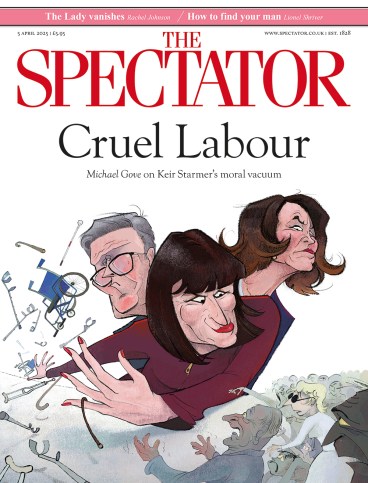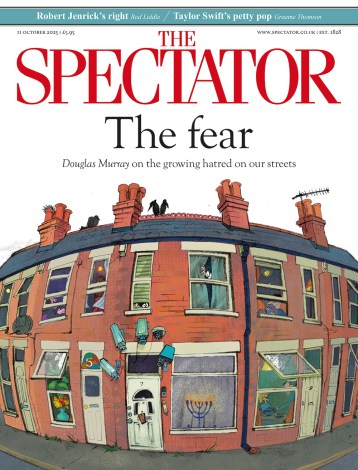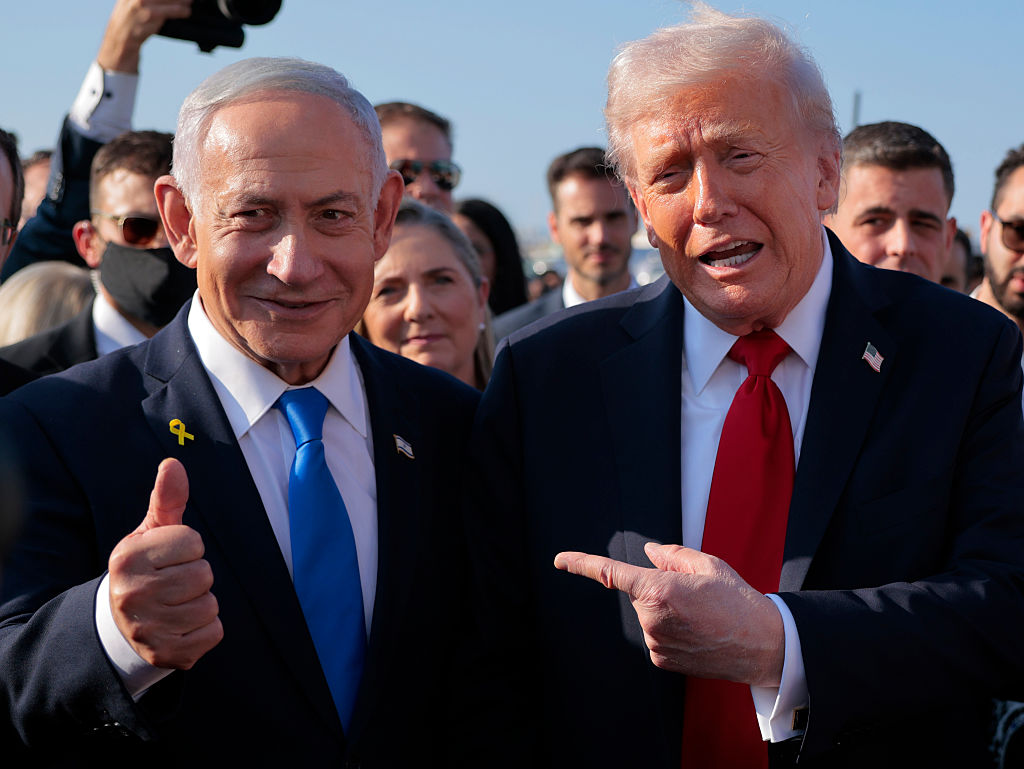
It wasn’t until I received a notification from the Monzo app that I realised I’d spent nearly £10 on two coffees. This wasn’t in the Wolseley or even within the M25, but in Two Magpies, a café in Holt, our local market town in Norfolk – for two regular lattes (admittedly with an extra shot, since it was Monday morning) for myself and a friend.
Just last year, I was taken aback when my caffeine fix crossed the £4 threshold, with the barista casually mentioning that coffee prices were rising. But £4.70 feels like it’s firmly in the ‘taking the mickey’ territory. I haven’t been back since (I’m currently writing this in a different café) because I know I’d be unable to resist exclaiming ‘HOW MUCH?’ in the same indignant tone older generations use when confronted by a menu full of cortados, flat whites and Americanos, when all they want is the simple white coffee they’re familiar with.
According to the Office for National Statistics, the price of coffee at restaurants and cafés increased by 5 per cent last year – double the rate of inflation. £3-something is the norm, and £4-plus is becoming increasingly common. But the £5 coffee era is fast approaching – and in some places, it’s already here. At the Black Sheep Coffee chain, a large flat white will cost you £5.10. An extra large takeaway coffee from Starbucks is close to a fiver – much more if bought at a motorway service station.
Here’s the thing: I don’t want one of these massive, Americanised milkshakes. I just want a regular, reasonably priced takeaway, the kind that, as a child of the 1990s, I consider my birthright.
Breaking the habit is tough. I’ve been picking up a coffee most mornings since my university days, then on the way into the office, and more recently after the school run, meeting up with my freelance friends before heading home to open my laptop.
With the price of arabica beans already at record levels and predicted to rise further – Andrea Illy, chairman of Illycaffè, forecasts a 25 per cent increase this year – the £5 latte may soon be the new standard. And honestly, it’s just too much to swallow. Boomers, who still drink more instant coffee than any other demographic, think we’re mad to pay anything near these prices. According to a 2022 poll by King’s College London, they argue this is exactly why millennials can’t get on the property ladder.
Friends on the Continent aren’t any more sympathetic. In Portugal, a bica (espresso shot) can cost less than a euro, while a galão (like a latte) is just over, as my friend Alex reports from his flat in Lagos. A former colleague now living in Rome tells me that he recently had breakfast at his corner café for €6.50, with the coffee costing less than €2. Our much-missed au pair, Paula, now back at university in Barcelona, says the average price there is between €1.65 and €2. ‘For us, £5 for a coffee seems crazy!’ she adds.
So if retailers across Europe are presumably paying the same for coffee as those here, why is it so much more expensive by the time it reaches the consumer in the UK? I consult Steve Magnall, the director of my old haunt, Two Magpies. He owns ten shops across Norfolk and Suffolk and only buys Allpress coffee: ‘I could get it cheaper, but this way, you always get a smooth, consistent drink.’ On the macroeconomic side, supply and demand have been affected by two major coffee crop failures in the past two years. In the UK, Steve must also factor in ‘Rachel Reeves’s Budget, the minimum wage and national insurance increases, plus changes to sick pay’. The impact on his small business has amounted to a staggering £810,000 in extra costs per year. ‘We should be making around eight or nine pence in the pound,’ he continues, ‘but it’s currently about four pence. Our prices would have had to increase by 16 per cent just to stay afloat – but we raised them by 3.9 per cent, just so you know.’
I just want a reasonably priced takeaway, the kind that, as a child of the 1990s, I consider my birthright
Now I feel guilty for accusing him of price-gouging, especially after learning that 85 per cent of his staff are salaried and he’s always paid above the minimum wage – though, as he notes, that wage has been eroded over time. ‘I’ve got very few levers left to pull,’ he says. ‘Labour is the next lever, but that’s the last resort.’
Lower prices mean ‘staff on zero-hours contracts and poorer quality coffee’, says Steve. ‘Pret’s coffee is disgusting,’ I venture. ‘Well, exactly,’ he agrees. ‘You have no idea what that blend is or where it’s coming from.’ He believes takeaway coffees will remain a habit, but they’ll increasingly become ‘a treat’ as people are squeezed financially.
That’s where I find myself now. I’ve swapped my daily latte (and its associated dopamine hit) for coffee made at home using our Sage machine, which I decant into a travel mug. But with the price of beans climbing ever higher, I’ve even considered reverting to instant – after all, it was good enough for Elizabeth David, who drank gallons of the stuff. Philip Hensher recently switched to a Sage machine although he admits that ‘sometimes only Gold Blend hits the spot’.
There’s bad news for boomers too: prices for the cheaper robusta beans used in instant coffee have hit all-time highs, rising 72 per cent from last year. Given that we may be on a war footing soon, perhaps it’s time to turn to that old staple, Camp Coffee. You’ll find the chicory and coffee ‘essence’ in Asda and Morrisons and, at £2 a bottle, even boomers might be able to stomach it.








Comments